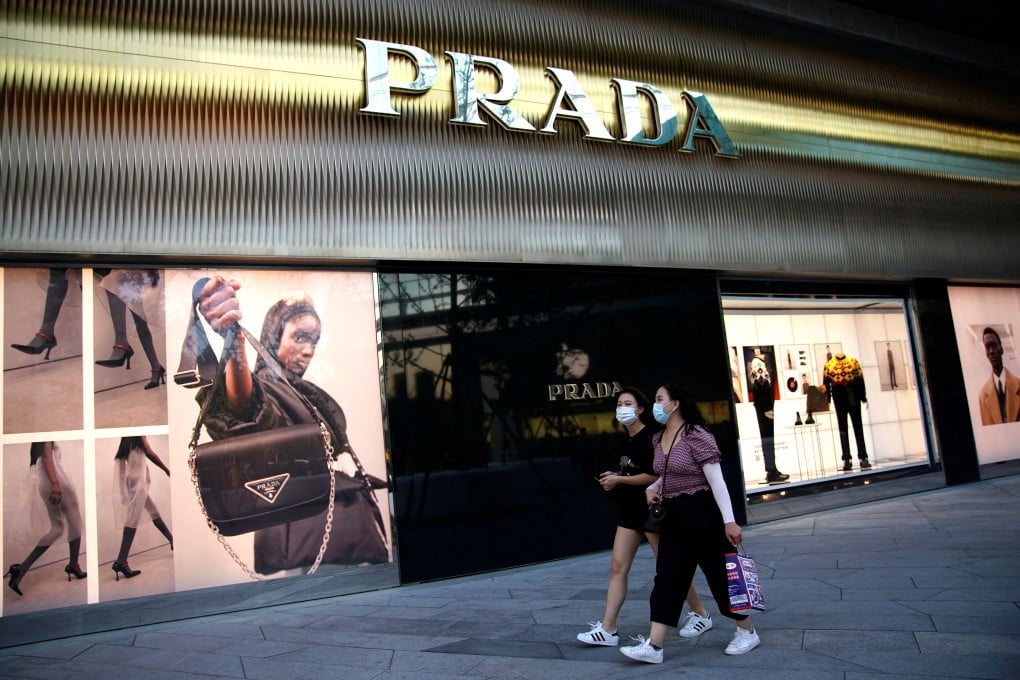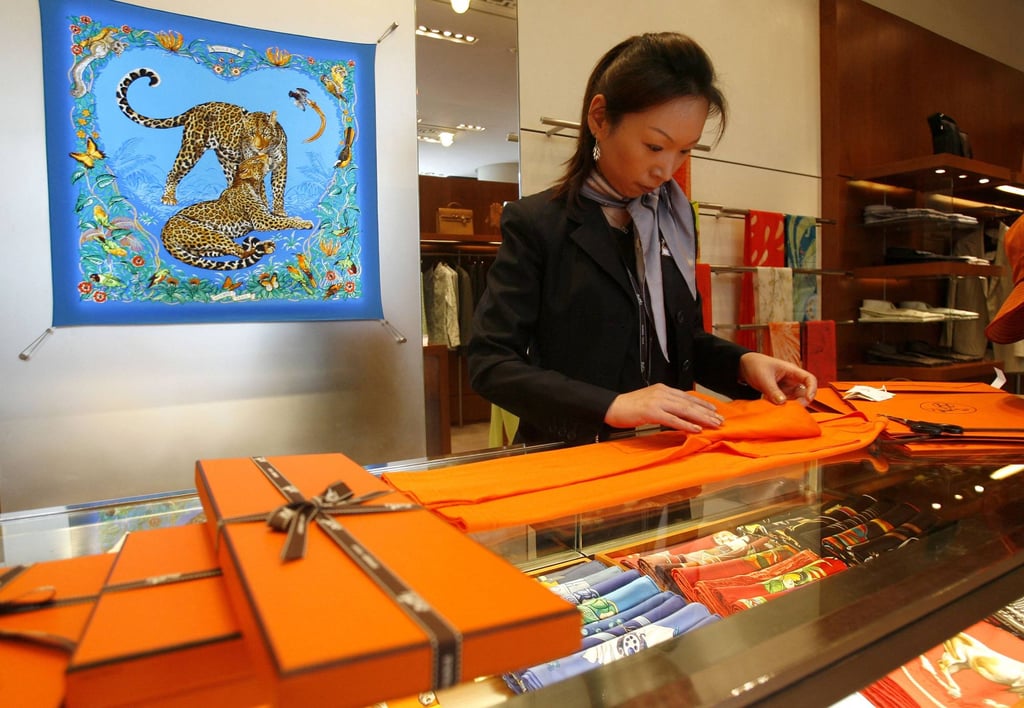Why China is leading the global rebound in luxury spending: more e-commerce, and a growing consumer appetite for shopping rather than experiences
- After a plunge when the coronavirus first hit, luxury goods sales in China registered strong year-on-year growth in 2020, for a number of reasons
- Brands sped up the digitalisation of sales and attracted young consumers through social media, and Chinese consumers favoured shopping over dining and holidays

Hot on the heels of one of its worst years ever, the luxury goods market is holding together and set for a rebound – thanks in no small part to Asia.
The global luxury goods market shrank by 15 per cent in 2020, according to analysis from Euromonitor International, a market research firm. This contraction was due largely to struggles in North America and Europe, where sales declined by 20 per cent, significantly worse than Asia-Pacific’s seven per cent decrease.
Asia’s resilience is in large part due to Chinese consumers, whose spending on luxury goods analysts had feared would not weather the storm brought on by the Covid-19 pandemic.
Chinese consumers have long been some of the keenest customers of well-known brands such as Prada and Hermès. In 2019 alone, they accounted for 35 per cent of global sales of luxury goods, according to the consultancy Bain & Company.

Much of that spending came from Chinese tourists on the hunt for lower prices abroad than they might find at home, and the restrictions on travel and non-essential shopping introduced in February 2020 raised the spectre of a sudden collapse in demand.